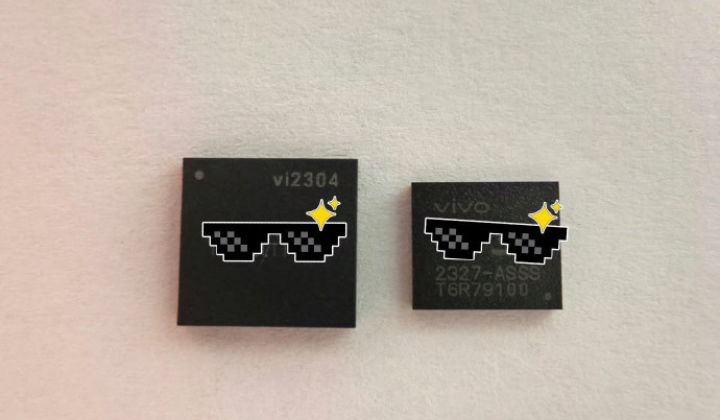Vivo is doubling down on computational photography with its upcoming flagship—the X200 Ultra won’t settle for just one imaging chip but will instead feature two custom silicon processors to handle photos like never before.

According to Vivo Product Manager Han Boxiao (via Weibo), the X200 Ultra will deploy a dual-chip imaging system:
- Vivo V3+ – A dedicated Image Signal Processor (ISP) that acts as a post-processing powerhouse, handling advanced tasks like noise reduction, sharpening, and final image polishing. This chip can also be found on the X200 Pro.
- Vivo VS1 – A brand-new Pre-ISP designed to tackle the first stage of image processing, optimising exposure, focus, and multi-frame stacking before handing off data to the V3+.
According to GSMArena, this two-step approach ensures faster sensor readouts, reduces strain on the Snapdragon 8 Elite’s built-in ISP, and improves overall power efficiency.

Vivo claims the X200 Ultra will deliver SLR-tier portrait photos, thanks in part to a redesigned triple flash system that adapts its lighting based on focal length.

But it’s not just about brightness—the VS1’s algorithm was trained on tens of thousands of SLR photos, allowing the flash to precisely sculpt light for unmatched accuracy.
The X200 Ultra is set for an April launch and with this news, the phone is shaping up to be a computational photography beast.

